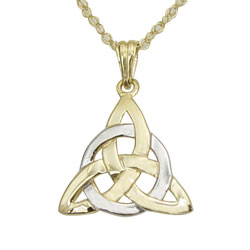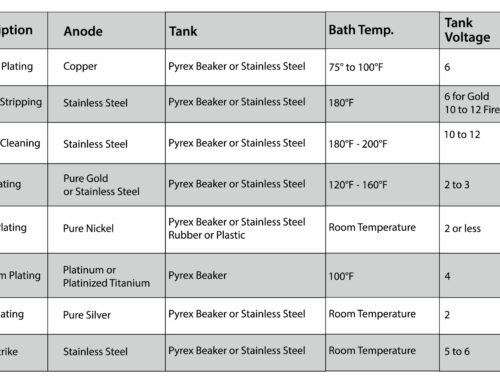Gold jewelry is a staple of every wardrobe, however it is also as expensive as it is lovely. Before you decide to purchase a piece of gold jewelry and invest your money in it, you want to be sure that you are getting what you want. Here, we have compiled some tips to remember when shopping for gold jewelry to ensure you get quality gold.
Before purchasing an piece of gold jewelry, you should always look for the quality mark.
-
- Pure gold, or 24-karat gold, is generally considered too soft for use in jewelry, so it is alloyed with other metals to increase its strength. Do not expect to see any jewelry stamped 24k.
-
- Eighteen-karat gold is 18/24ths, or three-quarters, pure gold. When gold jewelry is made of this fineness it is marked “18k” or “750,” which is the European designation meaning 75 percent gold.
-
- In the United States, the most common gold jewelry stamp you will encounter is 14-karat gold. Fourteen-karat gold is 14/24ths, or slightly more than one-half, pure gold. When jewelry is made of this fineness it is marked “14k” or “585,” the European designation meaning 58.5 percent gold.
-
- Be aware that nothing less than 10-karat gold can be legally marked or sold as gold jewelry in the United States. Gold jewelry made of this fineness will be marked “10k” or “417,” the European designation meaning 41.7 percent gold. Anything marked less than that is not recognized as gold jewelry in the United States.
Be sure to also check for trademarks that accompany the quality mark. When a piece of jewelry is stamped with a quality mark, law requires that it be stamped with a hallmark or trademark as well. Sometimes the jewelry is also marked with its country of origin. All of these designations together are designed to assure you that you are buying genuine gold jewelry of the karatage marked.
Remember that gold comes in a variety of colors, making it a unique and customizable addition to your jewelry collection. When gold is alloyed with other metals to increase its strength, the color can also be changed to desirable variations.
-
- Yellow gold is created by alloying the gold with copper and silver
-
- Pink, or rose, gold is created by alloying the gold with only copper
-
- White gold is created by alloying gold with platinum or palladium, zinc, and copper
-
- Green gold is created by alloying gold with silver, copper, and zinc.
Always check for quality construction and be sure to inspect it carefully.
-
- Pay special attention to fasteners or clasps. They should work easily but be secure when closed.
-
- The backs of pins and earring posts should be strong and firmly attached to the piece with no soldering marks visible.
-
- With gold chains, you should lay them flat and make sure the links don’t kink or bend.
Finally, remember that pricing is based on four factors: karatage, gram weight, design and craftsmanship. The karatage and gram weight tell you how much gold is in a piece, but don’t forget about the other crucial factors that determine price: the piece’s construction and design. A price based solely on gram weight won’t reflect the work that has gone into the piece. It’s important to remember that each piece of gold jewelry is unique and, if cared for properly, can last a lifetime.






Leave A Comment